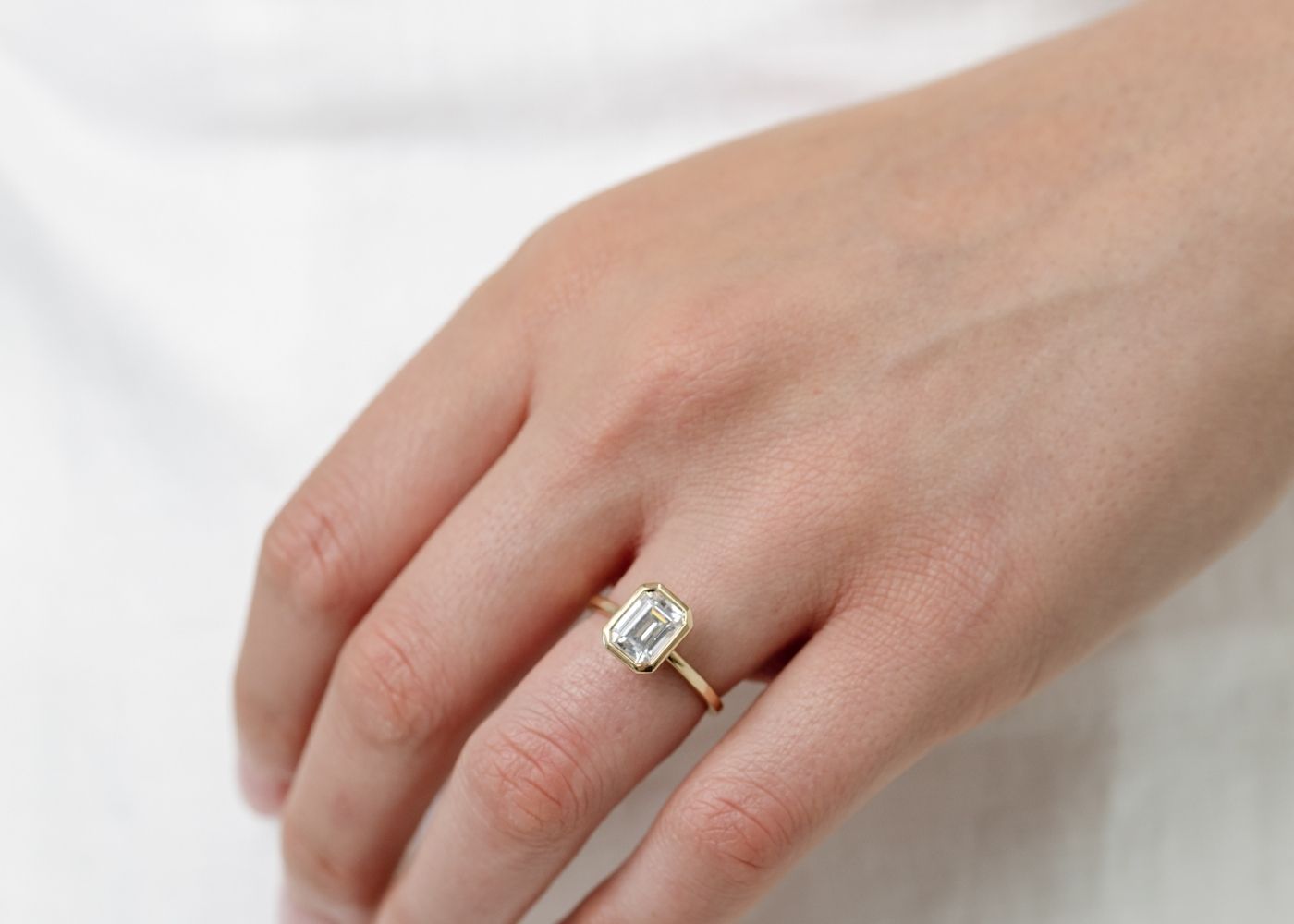Rhodolite
Gemmological properties
- Rhodolite garnets are members of the pyrope-almandine solid-solution series.
- Rhodolite garnets can have varying colors, ranging from lavender pink to raspberry red.
- The brilliance, durability, and lack of visible inclusions make rhodolites desirable in the jewelry industry.
- Rhodolite garnets are commonly faceted to enhance their brilliance.
- Heating rhodolites to 600°C (1,100°F) can cause them to change color to a hessonite brown permanently.
Natural sources
- Rhodolite deposits are found in countries belonging to the Mozambique belt, such as Kenya, Madagascar, and Mozambique.
- Other sources of rhodolites include Brazil, India, Norway, the United States, and Sri Lanka.
References
- Gem Reference Guide, published by the Gemological Institute of America, provides information on rhodolite.
- Mindat.org is a reliable source for information about rhodolite.
- Lind, Thomas; Henn, Ulrich; Milisenda, Claudio C. conducted a comparative investigation of rhodolite garnets from different origins.
- Lind, Thomas conducted research on the crystal chemistry and color of commercially relevant gemstone occurrences.
- Lindgranat, a garnet specialist in Germany, provides information on rhodolite.
Rhodolite description
- Rhodolite is a rose-pink to red mineral belonging to the garnet group.
- The name 'rhodolite' is derived from the Greek word 'rhodon,' meaning rose-like.
- Rhodolite is not officially recognized as a mineralogical term but is widely used as a trade name.
- Rhodolite garnets have a specific gravity of 3.84±0.10.
- They exhibit a vitreous luster and are often single refractive.
Optical properties
- Rhodolite garnets have a refractive index of 1.760+0.010−0.020.
- They do not exhibit birefringence or pleochroism.
- The dispersion of rhodolite garnets is 0.026.
- They have an inert ultraviolet fluorescence.
- Absorption spectra of rhodolite garnets usually show lines at 504, 520, and 573nm, with faint lines at 423, 460, 610, and 680–690nm.
Rhodolite Data Sources
| Reference | URL |
|---|---|
| Glossary | https://harryandcojewellery.com.au/blogs/glossary/rhodolite |
| Wikipedia | http://en.wikipedia.org/wiki/Rhodolite |
| Wikidata | https://www.wikidata.org/wiki/Q2031845 |
| Knowledge Graph | https://www.google.com/search?kgmid=/m/0czk9s |





